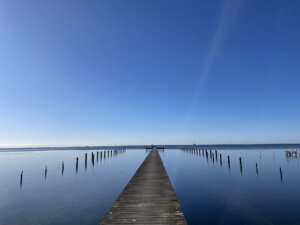
It is not up to us to complete the work, but neither are we free to desist from it
I now finished reading Venet (2024)’s “Becoming an Everyday Changemaker: Healing and Justice in School” (where I understood that “the process is the point“, and where then helpful tools like…

